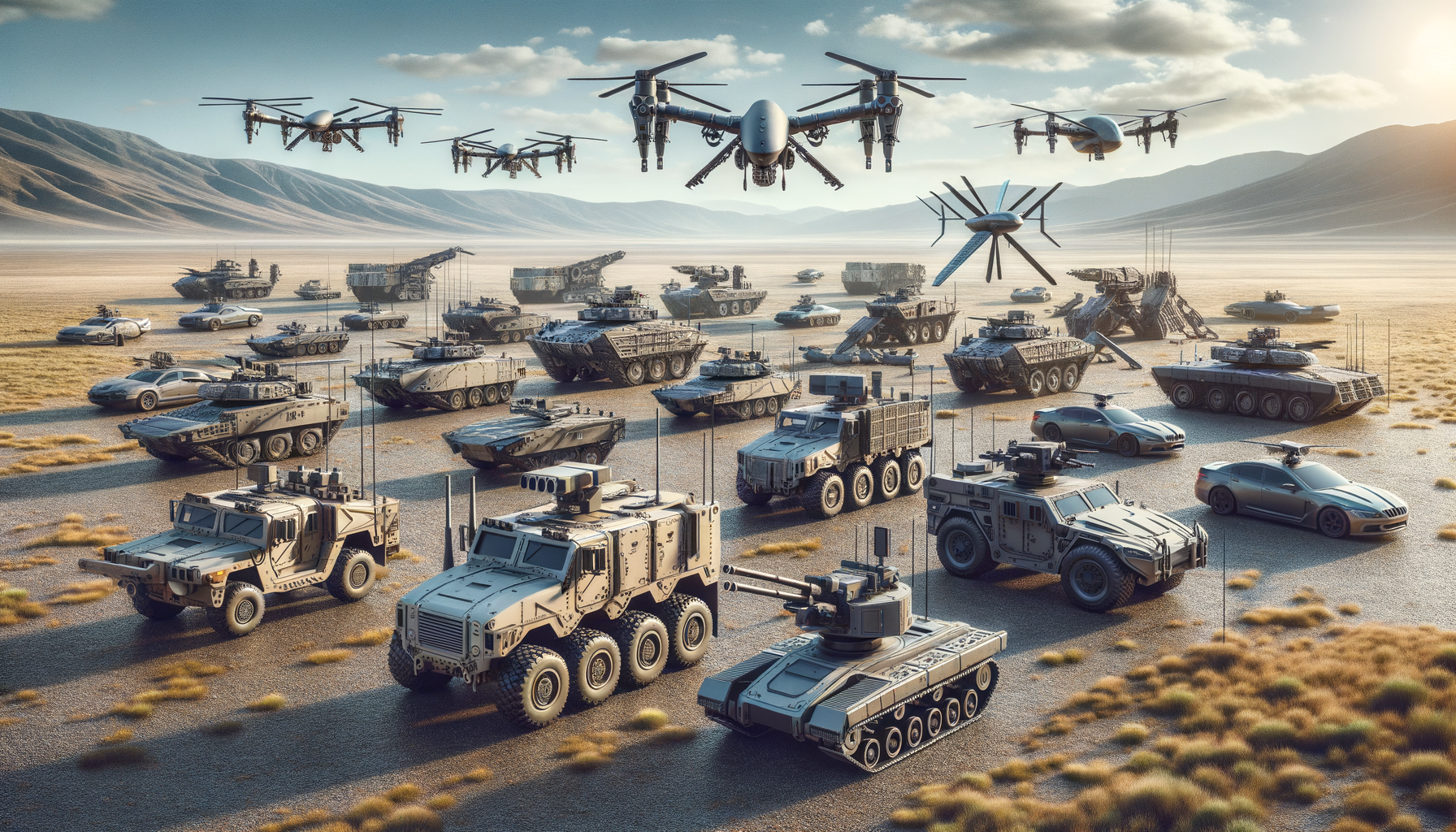Introduction to Heavy Machinery in Tactical Operations
In the realm of tactical operations, the deployment of heavy machinery is pivotal. These machines are not only instrumental in ensuring mission success but also in safeguarding the personnel involved. From armored vehicles to engineering marvels, heavy machinery plays a crucial role in modern military and defense strategies. This article delves into the various aspects of heavy machinery used in tactical operations, providing a comprehensive understanding of their importance and functionality.
Types of Heavy Machinery Used in Tactical Operations
Heavy machinery in tactical operations encompasses a wide array of vehicles and equipment designed for specific purposes. These include:
- Armored Fighting Vehicles (AFVs): These vehicles, including tanks and infantry fighting vehicles, provide protection and firepower on the battlefield.
- Engineering Vehicles: Bulldozers, excavators, and bridging vehicles are used for construction and demolition tasks, ensuring mobility and access in challenging terrains.
- Logistics and Support Vehicles: These include supply trucks and medical evacuation vehicles, crucial for maintaining the operational flow and supporting troops in the field.
Each type of machinery serves a unique role, contributing to the overall effectiveness of tactical operations. The choice of machinery depends on the mission objectives, terrain, and potential threats.
The Role of Technology in Enhancing Machinery Capabilities
Advancements in technology have significantly enhanced the capabilities of heavy machinery used in tactical operations. Modern machinery is equipped with sophisticated systems that improve performance and safety. Key technological advancements include:
- Advanced Armor and Defensive Systems: Innovations in armor technology provide enhanced protection against ballistic and explosive threats.
- Integrated Communication Systems: These systems enable seamless communication and coordination between units, improving situational awareness and response times.
- Automation and Remote Control: Automation technologies allow for remote operation of machinery, reducing risk to personnel and increasing operational efficiency.
These technological enhancements not only improve the effectiveness of heavy machinery but also ensure the safety and success of tactical operations.
Challenges and Considerations in Deploying Heavy Machinery
Deploying heavy machinery in tactical operations comes with its own set of challenges and considerations. These include:
- Logistical Challenges: Transporting and maintaining heavy machinery in remote or hostile environments can be logistically complex and resource-intensive.
- Environmental Impact: The use of heavy machinery can have significant environmental impacts, which need to be managed and mitigated.
- Cost and Resource Allocation: The acquisition and operation of heavy machinery require substantial financial investment and resource allocation.
Addressing these challenges requires careful planning and strategic decision-making to ensure the effective deployment and utilization of heavy machinery in tactical operations.
Conclusion: The Future of Heavy Machinery in Tactical Operations
The future of heavy machinery in tactical operations is poised for further advancements with ongoing research and development. As technology continues to evolve, machinery will become more efficient, versatile, and sustainable. The integration of artificial intelligence and machine learning could revolutionize the way machinery is used, enhancing decision-making and operational capabilities. For military and defense organizations, staying abreast of these developments is crucial to maintaining a strategic advantage and ensuring mission success.








